Training a dog requires patience, knowledge, and a few essential items. Your training equipment should reflect the goals you’re trying to achieve. Even the best professional dog trainers in the world don’t show up empty handed, so you shouldn't either!
This guide covers some of the dog training essentials you’ll need as you embark on this journey with your furry friend. Hopefully, after some dedicated practice, your dog will be well-trained, obedient, and (most importantly) happy.
Keep in mind, a natural calming supplement can greatly support anxious or restless dogs while training. Let’s get started.
- Dog Training Must Haves
- 1. Extremely Desirable Treats
- 2. A Sturdy Back-Clip Harness
- 3. A Clicker
- Bonus: Calming Products
 " href="#a-href-https-lolahemp-com-collections-dog-cbd-target-_blank-title-this-page-lists-all-of-lolahemps-cbd-products-for-dogs-rel-noopener-img-alt-cbd-tryptophan-chamomile-amp-valerian-root-try-lolahemp-calming-chews-for-dogs-src-https-cdn-shopify-com-s-files-1-0030-7435-9366-files-calming_chew_banner_600x600-jpg-v-1684876847-loading-lazy-a">
" href="#a-href-https-lolahemp-com-collections-dog-cbd-target-_blank-title-this-page-lists-all-of-lolahemps-cbd-products-for-dogs-rel-noopener-img-alt-cbd-tryptophan-chamomile-amp-valerian-root-try-lolahemp-calming-chews-for-dogs-src-https-cdn-shopify-com-s-files-1-0030-7435-9366-files-calming_chew_banner_600x600-jpg-v-1684876847-loading-lazy-a">
- Training or Redirecting Fearful Behaviors
- Time to Train!
- Dog Training Essentials: Frequently Asked Questions
- What are the most important dog training essentials to start with?
- How do dog training essentials improve training success?
- What type of treats work best as dog training essentials?
- Why are harnesses and adjustable leashes considered dog training essentials?
- Are calming aids useful as dog training essentials?
Dog Training Must Haves
One of the beautiful things about dogs is that they’re not phased by how expensive or well-branded a product is. So long as something functions well, it’s good enough for you and your dog!
That means you don’t have to pay an arm and a leg for the equipment ideas below. You can even get creative with your own DIY options if you’d like to. We’ll offer a few cost-effective suggestions below each item to give you some food for thought.
1. Extremely Desirable Treats
There are treats, and then there are show-stopping training treats that your dog can’t resist. The showstoppers should be used during your training sessions or in instances when you’re rewarding your dog for a trained behavior.
The other treats you offer day-to-day should be enjoyable, but not the most enjoyable for your dog.

Once you identify your dog’s favorite, irresistible, show-stopping treats, tuck them away in your treat pouch before you start the training. If you can associate trained behaviors with this unique and powerful reward, you should find that your sessions are more productive.
Delivering these treats inconsistently could confuse your dog or detract from the work you’re doing together. Limiting your dog's favorite rewards to training sessions will help them realize the value of the behaviors you're teaching them.
DIY Tip:
Find an amazing treat that your dog loves, investigate the ingredients, then make them yourself. Making treats at home also ensures that your pet is consuming healthy ingredients.
This AKC guide offers easy, effective ideas for making treats at home.
2. A Sturdy Back-Clip Harness
We’ve all felt that little tinge of guilt and concern after tugging the leash too firmly while walking. The collar pulls on the dog’s neck and can even constrict breathing. Further, the constant tug of a neck collar is generally uncomfortable for your dog on walks.
Note that your dog’s collar is immensely important, specifically because it contains their name, home address, and your phone number. Back-clip harnesses are used as an alternative to collar clips while walking. They aren’t replacements for collars.
A great harness is essential while training your dog on walks. Untrained dogs are more likely to dart off in different directions, and this requires you to restrain them. When the leash is attached to a clip on your dog’s back, you can exert comfortable control.

“Aversives” are uncomfortable or unpleasant consequences intended to prevent a dog from performing a specific behavior. While there isn’t extensive research on whether these measures are more or less effective than positive reinforcement training, there is research to show that aversive training compromises your dog’s welfare.
DIY Tip:
Pair with an Adjustable Leash
For those training walking behavior, it’s important to have an adjustable leash or multiple leashes with different lengths.
Naturally, you want to keep your dog on a short leash when you start walking. This keeps you, your dog, other dogs, and other people safe. The outside world can be incredibly dangerous to your dog, and an unleashed, untrained dog can be very dangerous to the outside world.
So, the two of you should get comfortable on a short leash before extending to a long leash. After some time, you might want to give your dog a little more freedom. Explore this option only when your dog has a very strong recall (“recall” is when your dog comes when called).
If off-leash walks are what you’re aiming for, an adjustable leash is essential to progress in your training.
3. A Clicker
Clicker training is one of the greatest and most effective forms of positive reinforcement training. The “clicker” is simply a device or an object that produces a consistent sound when triggered.
You can buy a legitimate dog clicker, or simply locate a handheld object that you’re prepared to use throughout your dog’s training. In any case, you want to ensure that it’s something you can replace without any changes to the sound.
For example, many people use a jar lid; the kind that has a little “pop” when you press it. This is an item you’ll always be able to replace, and you’ll always be able to reproduce more or less the exact same sound.
Many people also use a particular word to substitute their “clicker” sound. The key benefit of using a clicker is that the sound is precisely the same each time and can be produced immediately, whereas a vocal command might not be as uniform.

DIY Tip:
As suggested above, a jar lid is a great option. This article provides instructions on how to make a clicker out of a jar lid, flashlight, and even an aluminum can.
How Clicker (Mark and Reward) Training Works
First, you establish an association between the clicker sound and the reward. Whenever you give your dog a treat, you’ll produce a "click" sound just before they bite into it.
After a number of repetitions over the course of a few days, your dog will have a clear association between the clicker sound and the reward. At that point, your dog values the sound of the clicker and receives a hit of dopamine when they hear it. The sound becomes the reward.
After that, you can use the click sound to shape, lure, and capture your dog’s behaviors.
Bonus: Calming Products
A good calming product comes in handy when you’re training an excitable dog. All dogs, however, can benefit from being cool and collected during training sessions.
A calming product shouldn’t sedate your dog or send them off to sleep. It can simply be something to relax them in order to direct their focus. If you’re dealing with an adolescent dog, for example, any sound or moving object could be a distraction.
The ability to ignore distractions and stay focused will serve your dog well. Calming agents are also especially useful when you’re teaching your pet something complex.
For example, it’s one thing to teach your dog good behavior while you’re out on a walk. It's an entirely different thing to teach tricks like rolling over, standing, or staying.
Training or Redirecting Fearful Behaviors
Many of you might be trying to help your dog to get over their fear of car rides, loud noises, new people, other dogs, or something else. These are challenging things to address because phobias are often associated with traumatic experiences.
Dogs become triggered, "fight or flight" kicks in, and training becomes next-to-impossible.
Delivering a calming agent before an exposure to triggers can be useful for some dogs, even allowing them to face their fear without activating the fight or flight response. There are excellent calming treats, supplements, and oils available on the market.
Be sure to choose one that is designed for pets and has proven to work. It's also a good idea to consult with your veterinarian before trying new supplements or edible products for your dog.
Time to Train!
We hope this list of key training things for dogs was useful for you. If you're all stocked up with training equipment and you're ready to start a session of proper training, take a look at some of our other resources on the basics of training. We've got everything you need to know about different styles of training, behavioral objectives, crate training, and much more.
Dog Training Essentials: Frequently Asked Questions
What are the most important dog training essentials to start with?
The most important dog training essentials include high-value treats, a sturdy harness, an adjustable leash, a clicker, and calming tools to support focus.
How do dog training essentials improve training success?
Dog training essentials improve success by helping reinforce behaviors, maintain safety, and support consistency during training sessions.
What type of treats work best as dog training essentials?
Small, soft, high-value treats that your dog finds irresistible work best as dog training essentials.
Why are harnesses and adjustable leashes considered dog training essentials?
Harnesses and adjustable leashes improve safety, comfort, and control, making them essential for effective dog training.
Are calming aids useful as dog training essentials?
Yes, calming aids can help anxious or easily distracted dogs stay focused, making them useful dog training essentials for certain pets.

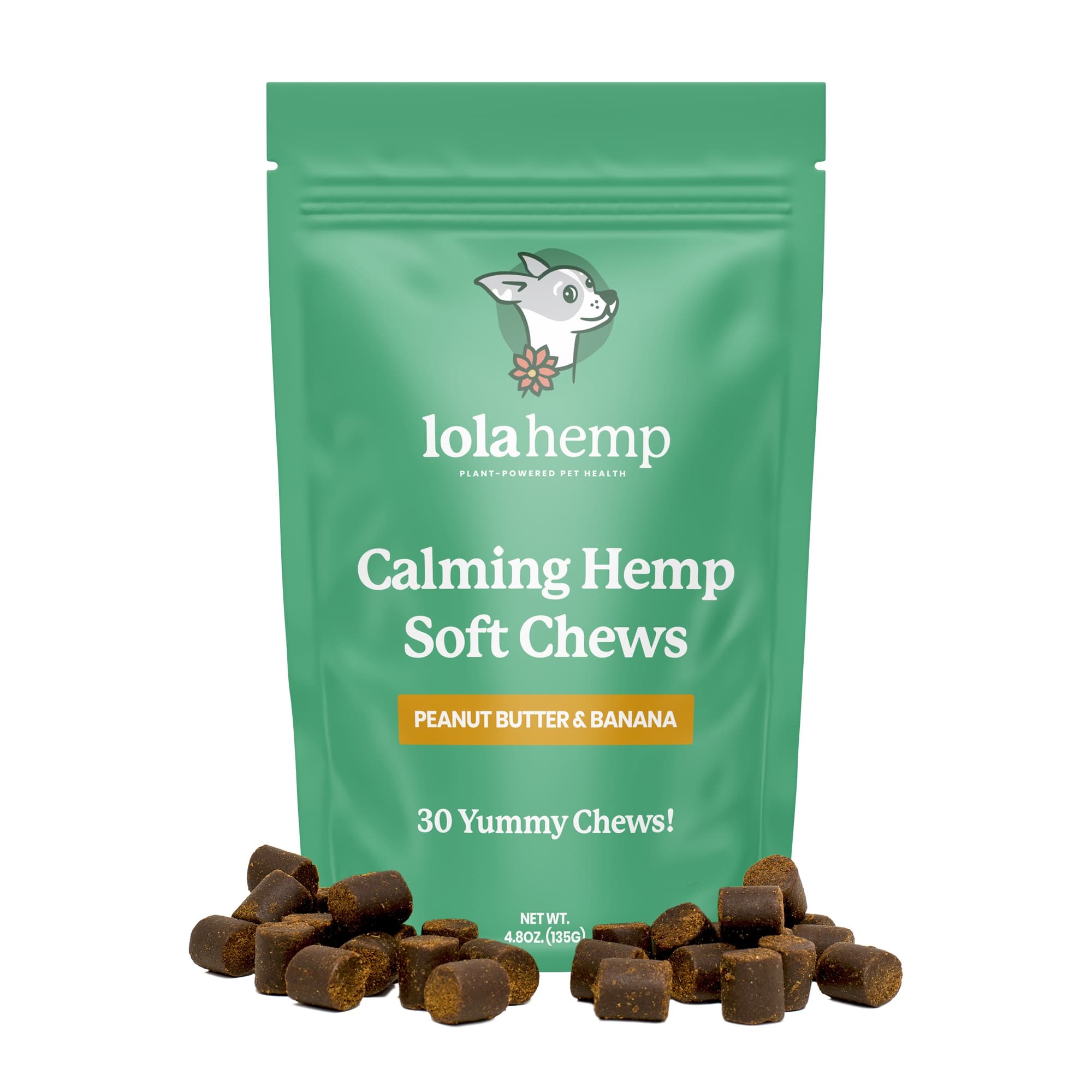
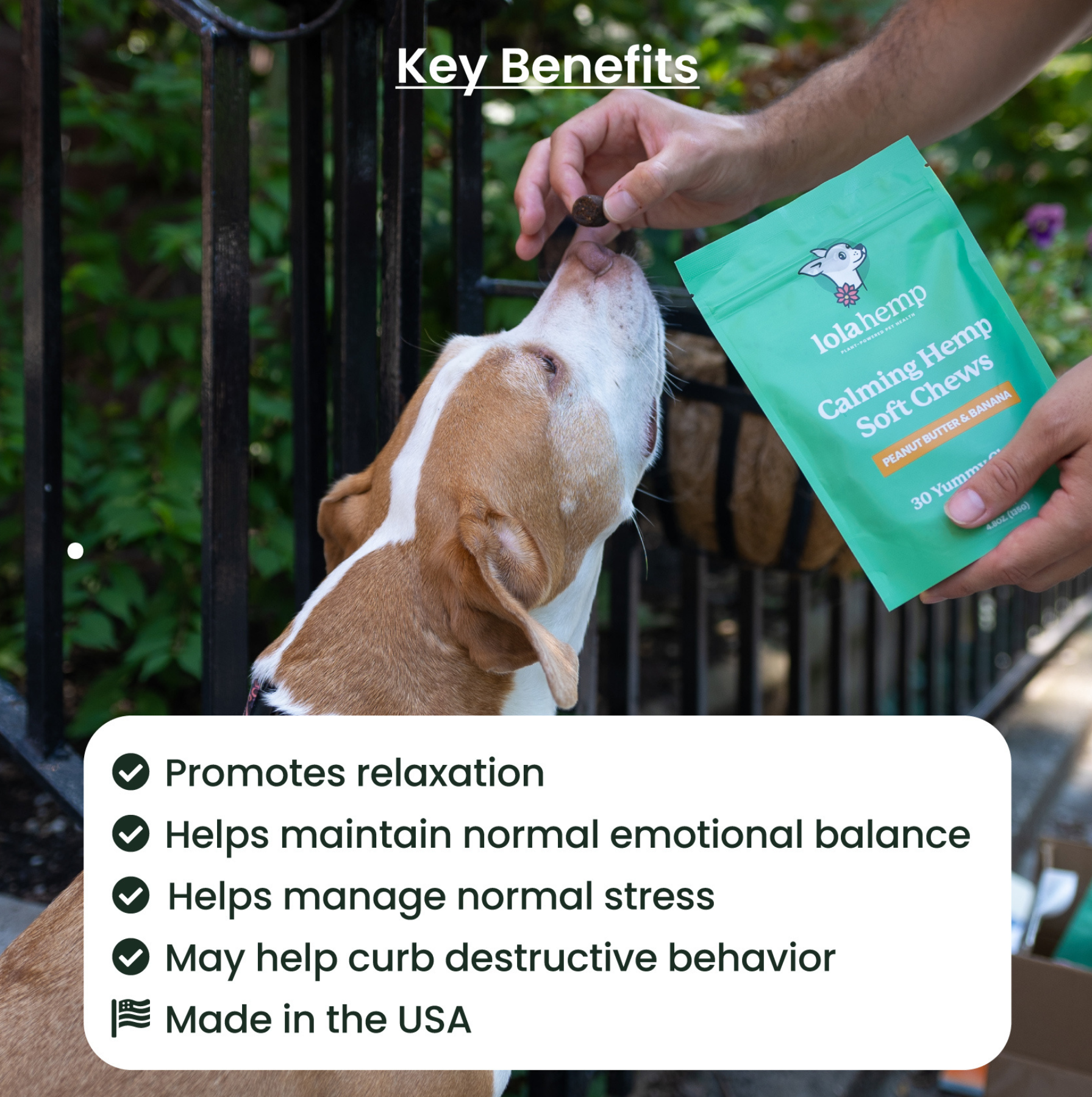
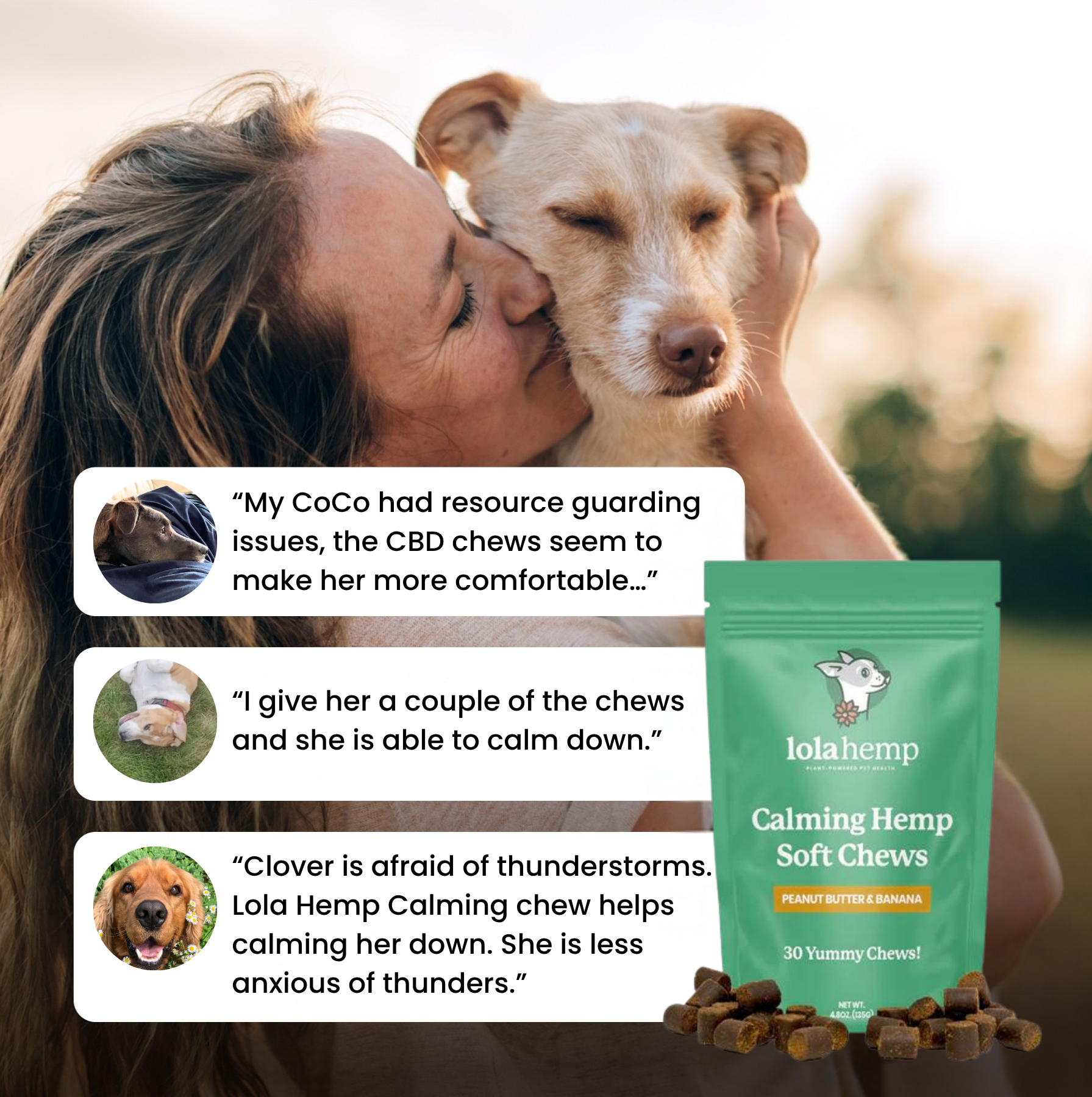
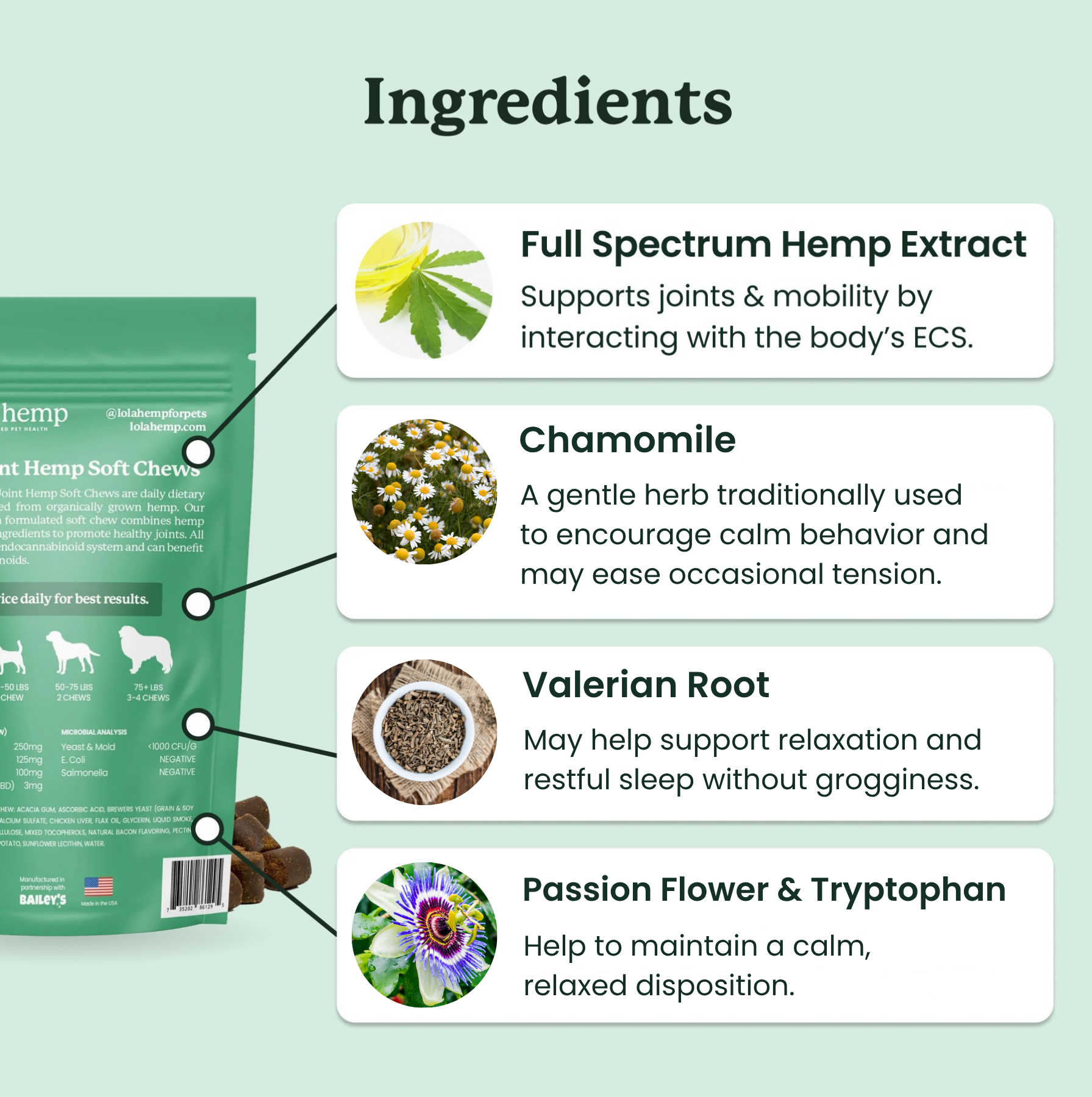
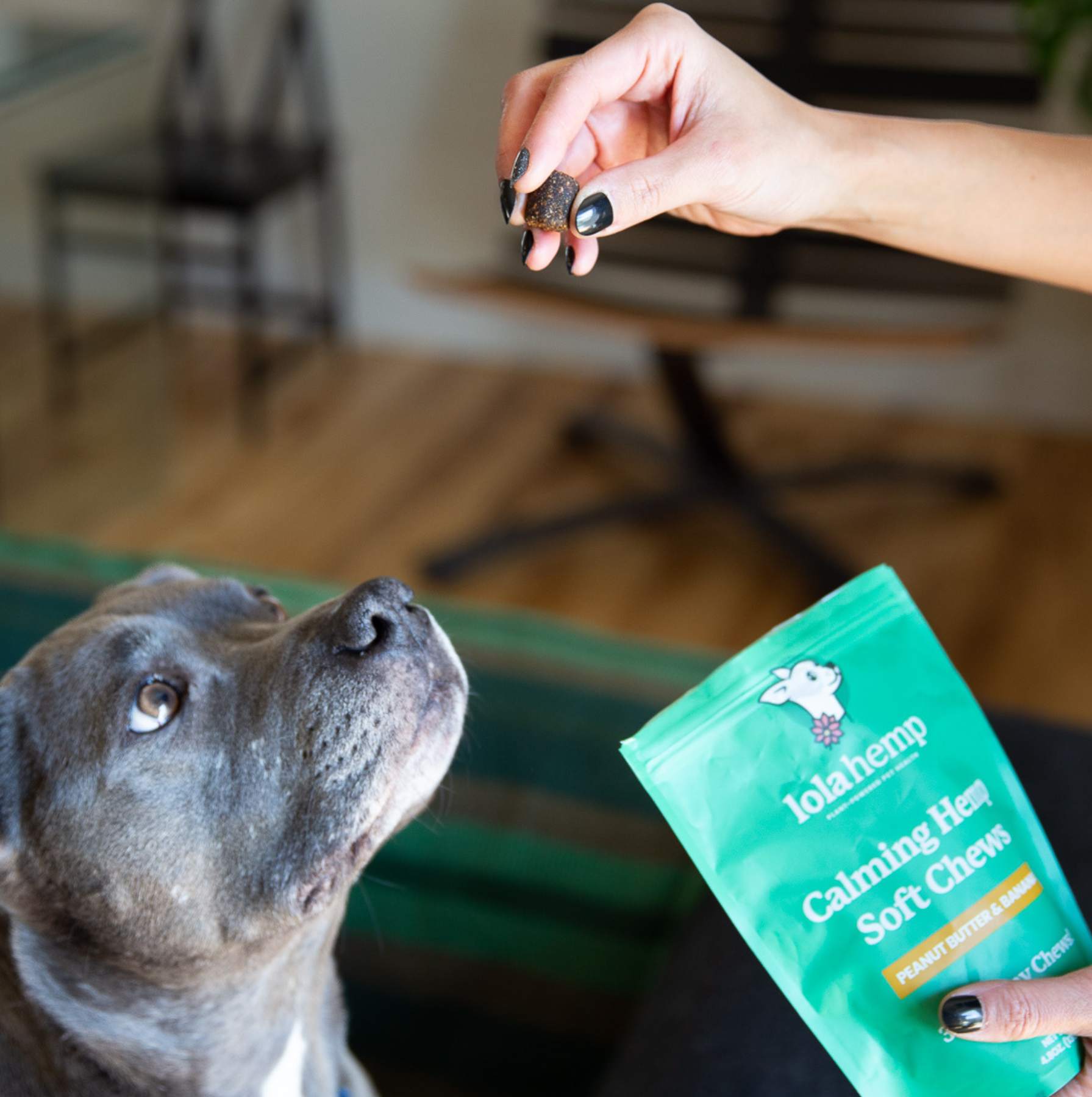
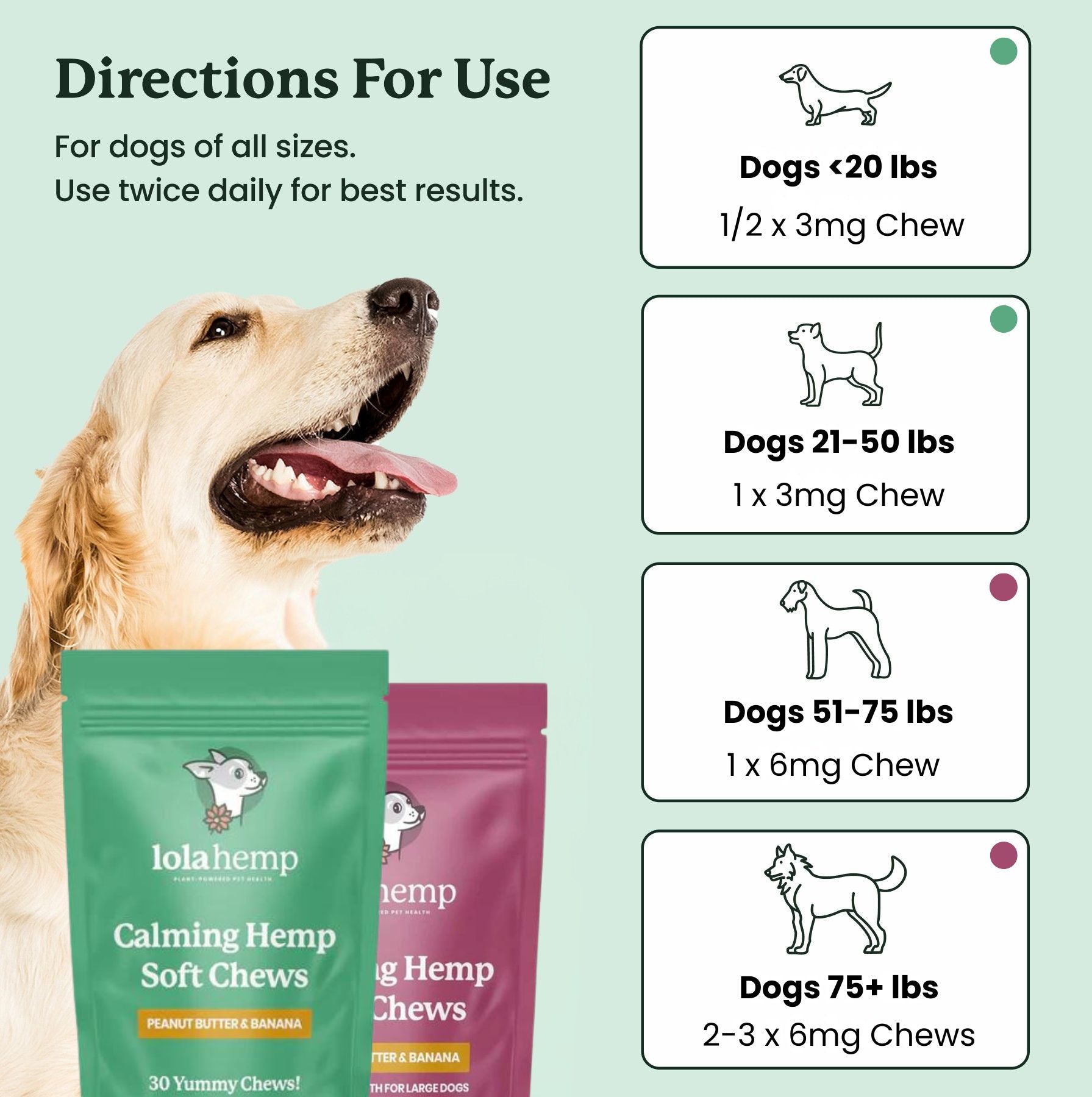



Comment
So many great ideas, and the proper way to use them. Your customers are so important to you. Best pet site and products I have ever experienced. Thank you for all your time and care giving towards our loved ones. My little girl is doing better with her arthritis than on any other product, and there have been many.❤️🐶